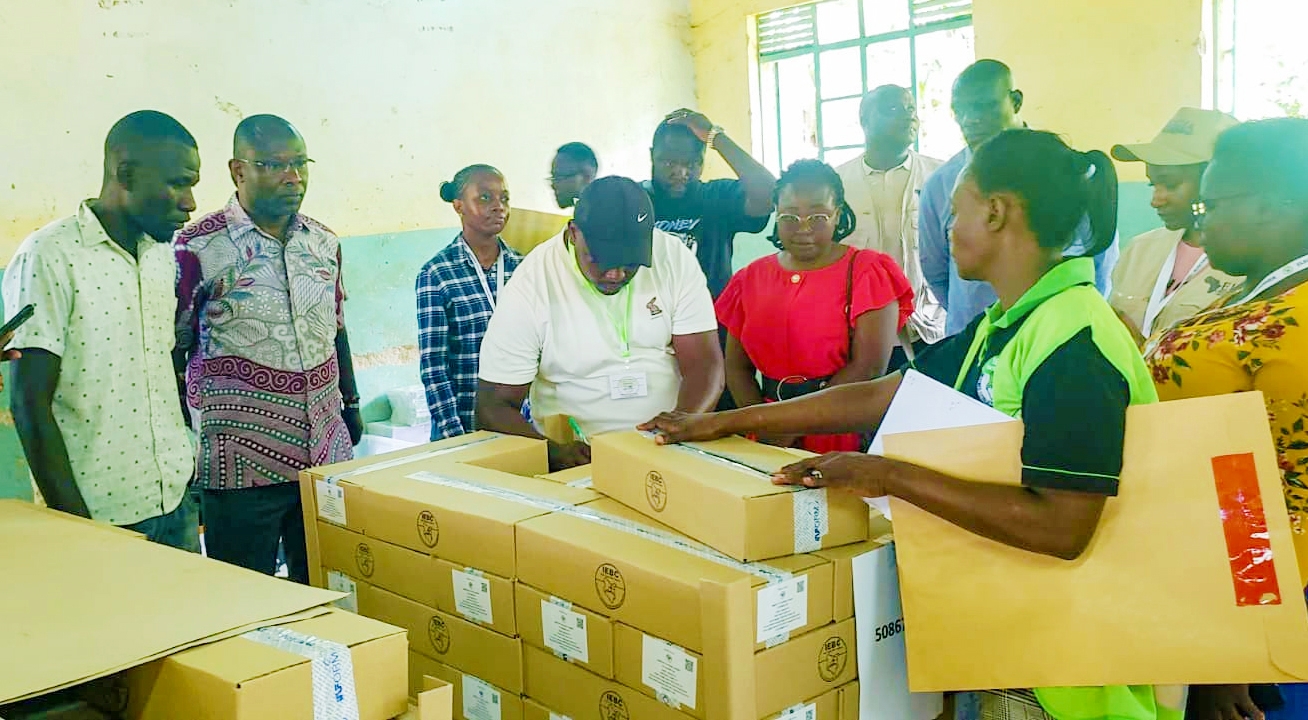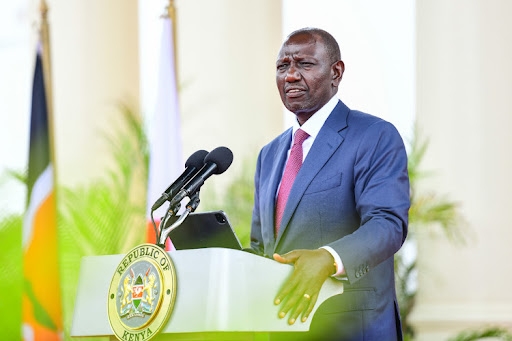In the dusty, impoverished slums of Nairobi, there is a joke that Covid-19 ‘was’ a disease of the rich.
Not only could the poor not afford tests during the Covid waves, but also there was also nowhere to get affordable ventilator support or treatment for any suspected case.
A new report explains that during the height of the pandemic in 2020 and 2021, slum dwellers faced the choice of getting a test and treatment and then dying of hunger, or skipping the test to buy food and pay rent.
Little has changed.
The report blames the grim choice on the commercialisation of Kenya’s healthcare system, calling it the greatest impediment to the right to health.
It is titled 'Patients or Customers? The impact of commercialised healthcare on the right to health in Kenya during the Covid-19 Pandemic.'
It shows the poor see Covid-19 as a disease of the rich and speak of it in the past tense.
“Limited resources in the healthcare system have hampered efforts to prevent, control and respond to the pandemic.
"The few resources available have also been concentrated in wealthy areas and accessible only to those in the highest socioeconomic quintiles,” the report read.
It also notes poor people could not get treatment for other conditions in public hospitals because the facilities required a Covid test, which cost more than Sh5,000.
The report was compiled by the Global Initiative for Economic, Social and Cultural Rights, a nonprofit with offices in Nairobi, Brussels, Dakar, Mexico City, Paris and Santiago.
Authors conducted studies in Mathare, Mukuru and Dandora slums and identified ways through which the privatisation of healthcare undermined the right to health during the pandemic.
The slums were initially labelled as death squares because of their dense populations.
This made social distancing difficult and handwashing and sanitation routines nearly impossible – both of which are essential for Covid-19 prevention.
The report said despite these situations, the poor people in slums had little or no access to Covid-19 testing or treatment.
“Kenya is remarkably short on medical resources that are vital to identify Covid-19 cases, such as reagents for testing, ventilators and acute care hospital beds,” the report read.
“These few resources are mostly only accessible to those who can pay for services in for-profit health facilities.”
For instance, in Nairobi, according to 2020 data, almost 50 per cent of all intensive care beds are in private for-profit hospitals.
This compares with 35 per cent in public hospitals, and 15 per cent in non-profit ones.
Many slum dwellers are suspected to have contracted Covid-19 but got no treatment or medical support.
The WHO estimates that around 14 per cent of Covid-19 patients require hospitalisation, including oxygen support, and that five per cent require a ventilator.
However, during the peak of the pandemic, there were just 297 ventilators available in Kenya, against the estimated 4,511 that would be needed in the country.
There were also just 518 intensive care beds available for the entire population, many of which were already in use by patients with other conditions.
Between 2013-2021, the share of health establishments that are for-profit in Kenya increased from 33 per cent to 43 per cent in fewer than 10 years.
The report says Kenya has encouraged the growth of private medicare whilst not placing a similar effort on public health services.
The Kenya Health Policy 2014-2030 frames strengthening the role of the private sector as both a financier and a provider as one of its core objectives.
It is promoted through tax exemptions and the development of an enabling legal framework for private-public partnerships.
(Edited by V. Graham)
WATCH: The latest videos from the Star”
















